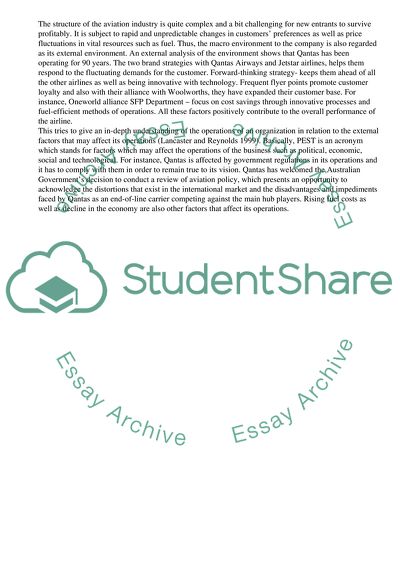Cite this document
(Management Strategy and Decision Making Term Paper, n.d.)
Management Strategy and Decision Making Term Paper. Retrieved from https://studentshare.org/management/1742468-management-strategy-and-decision-making
Management Strategy and Decision Making Term Paper. Retrieved from https://studentshare.org/management/1742468-management-strategy-and-decision-making
(Management Strategy and Decision Making Term Paper)
Management Strategy and Decision Making Term Paper. https://studentshare.org/management/1742468-management-strategy-and-decision-making.
Management Strategy and Decision Making Term Paper. https://studentshare.org/management/1742468-management-strategy-and-decision-making.
“Management Strategy and Decision Making Term Paper”, n.d. https://studentshare.org/management/1742468-management-strategy-and-decision-making.


